Several years ago, a well-known magazine editor invited Bruce Weber to do a shoot on a private French Polynesian island. “You will be there for two days,” the photographer and filmmaker was informed before being issued the edict: “And no topless women.” For Weber, now 76, the proposal marked the end of anepoch—the 1980s and ‘90s were largely defined by the photographer’s black and white photographs of lithe, half-clad youths for fashion magazines and clients like Calvin Klein and Abercrombie & Fitch. He recalls the days when week-long shoots came stocked with acupuncturists, massage therapists, and acting coaches. It was “like summer camp,” he says, his six cockatiels cackling in the background. “To know that I couldn’t do that anymore, and that I was only going to be there for two days,” Weber says, “I couldn’t.”
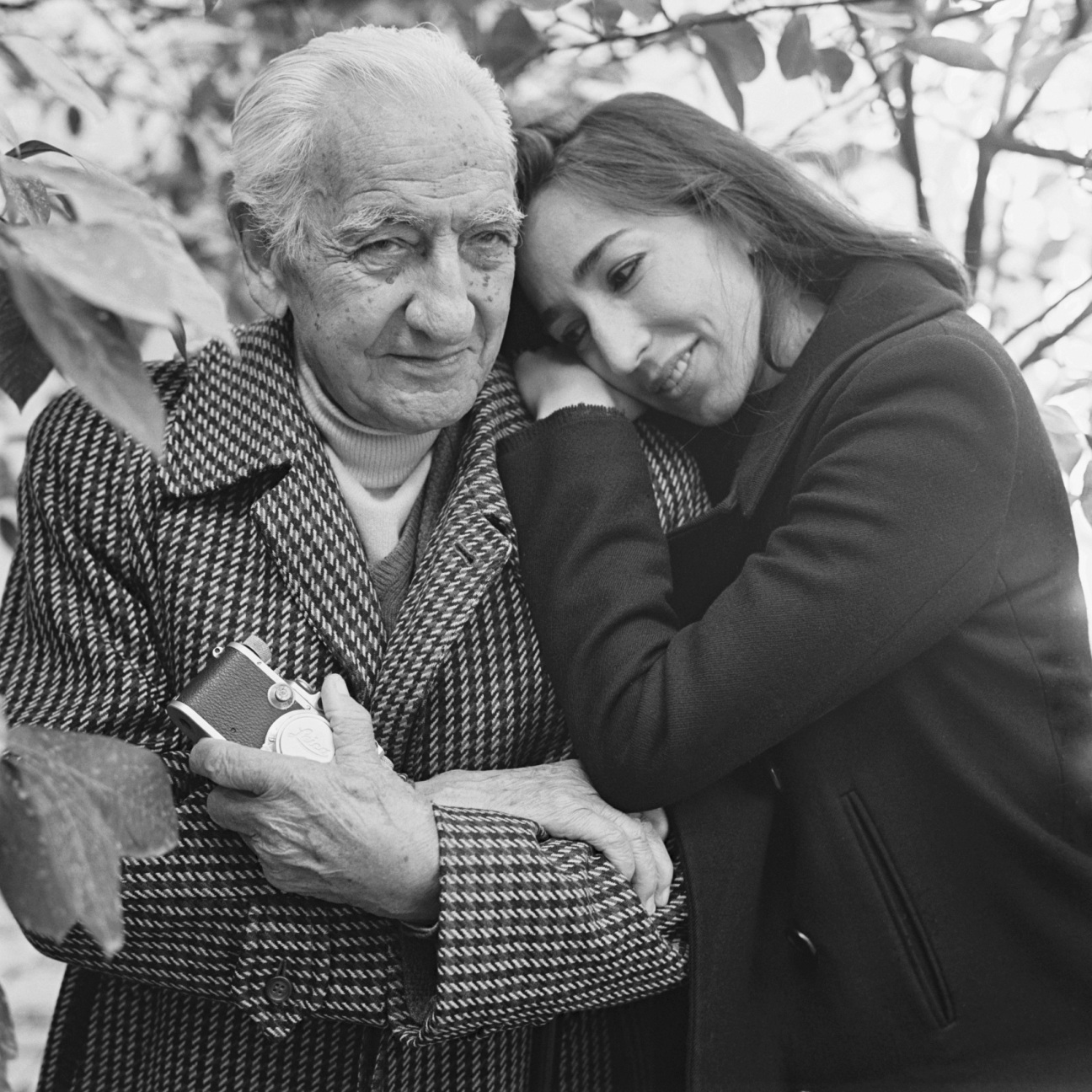
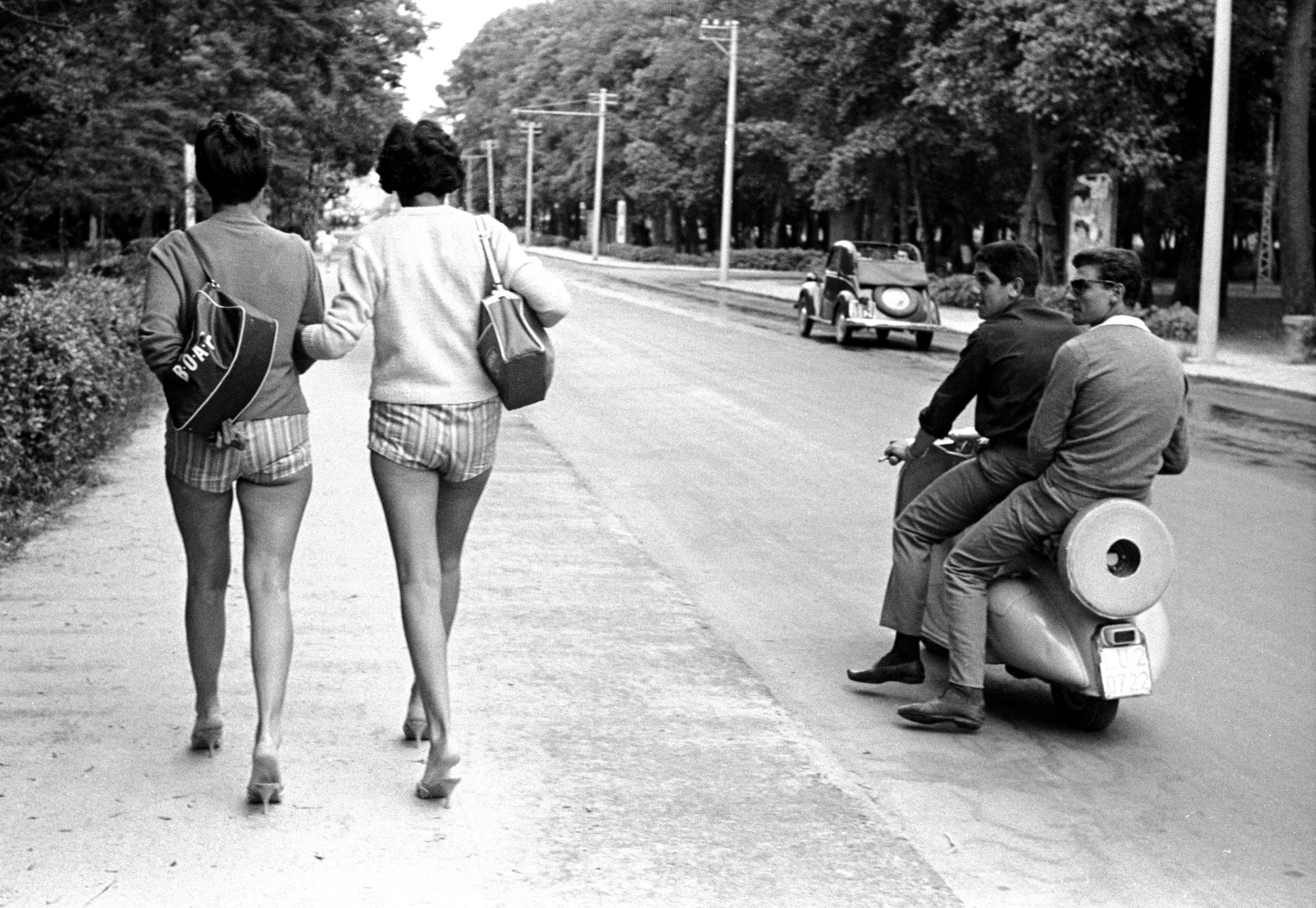
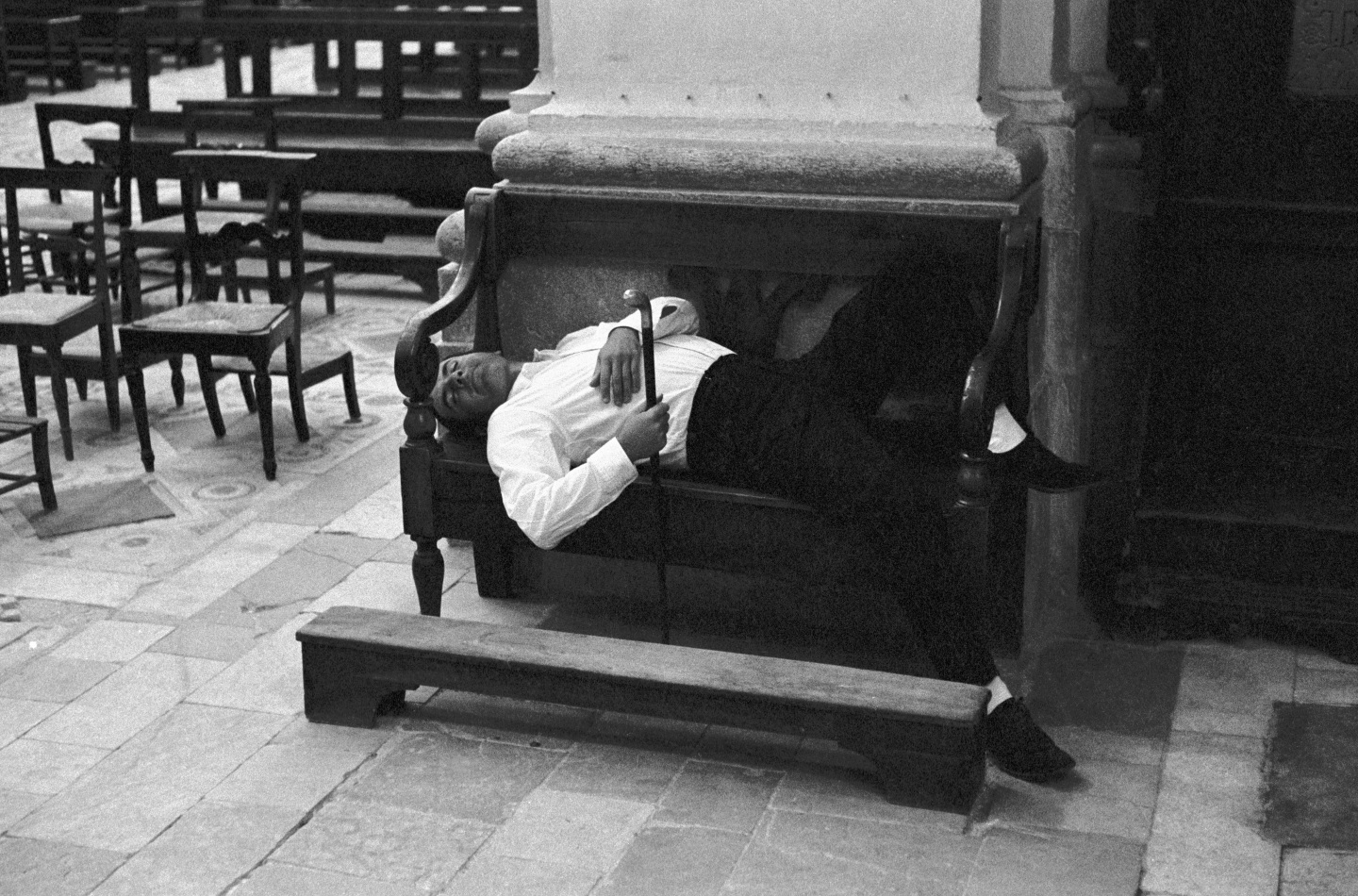
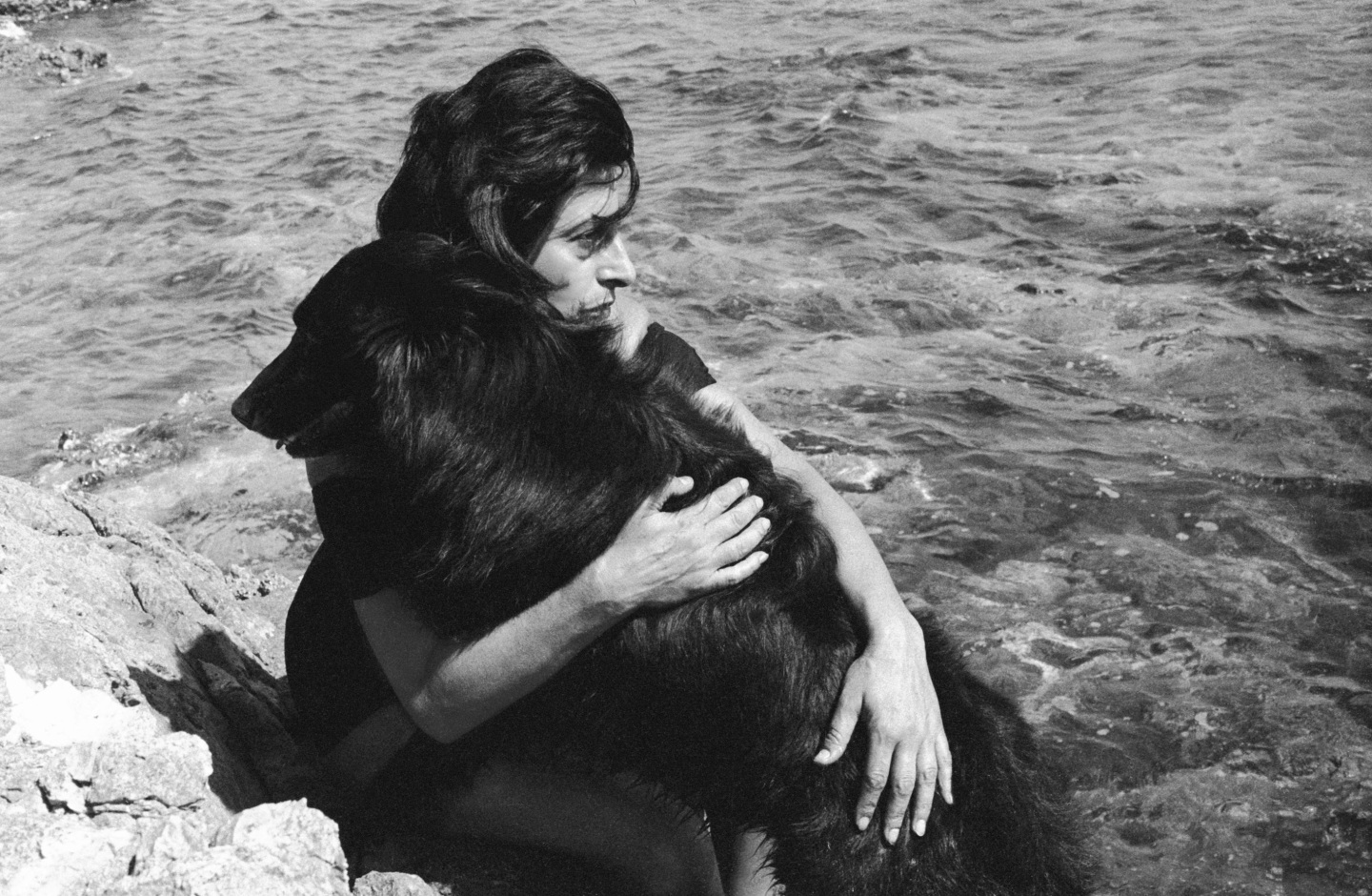
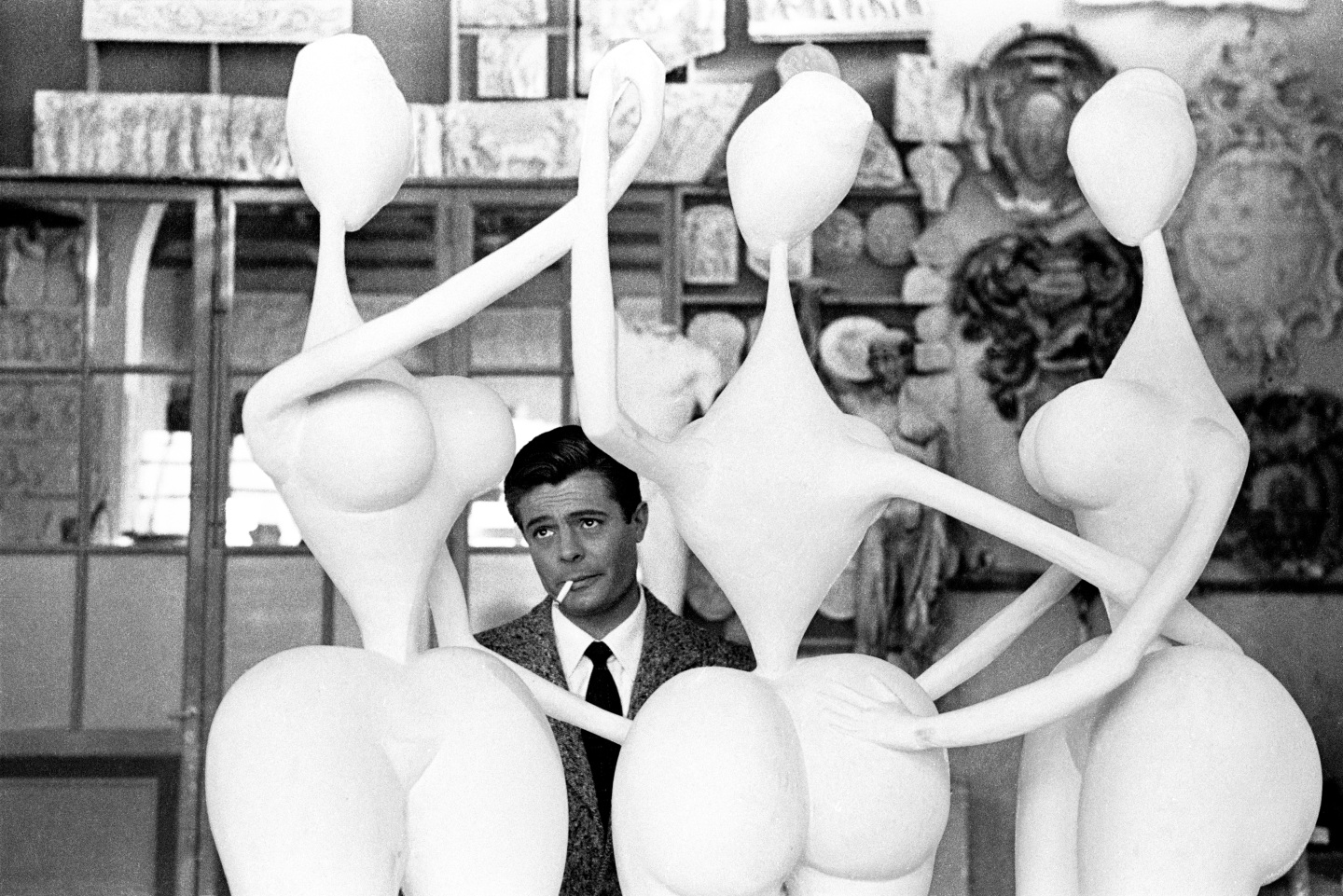
So he recognized a fellow traveler when he encountered a black and white photo shot by Paolo Di Paolo in a tiny gallery in Rome in 2016. Weber had never heard of the Italian photojournalist—almost nobody had—but he was drawn to the emotive street scenes and unposed celebrity portraits that Di Paolo shot during the ‘50s and ‘60s as Italy emerged from fascism. The photos captured candid moments of the elite and the everyday: an elderly man in a rowboat gazing longingly at a bikini-clad girl in a neighboring skiff, a sultry Sophia Loren applying her eyeliner while a curious young boy looks on. The images leave the viewer aching for the next frame.
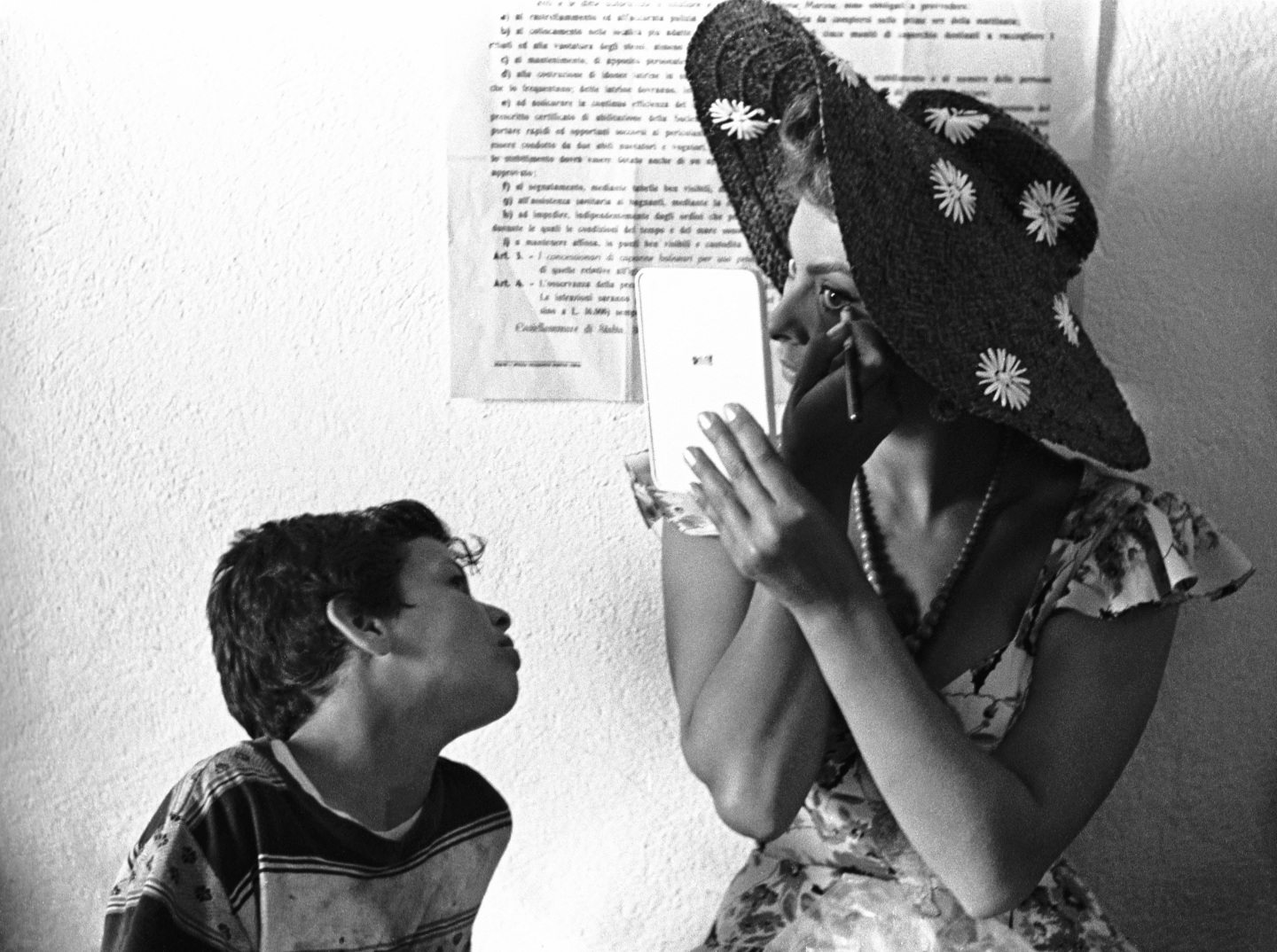
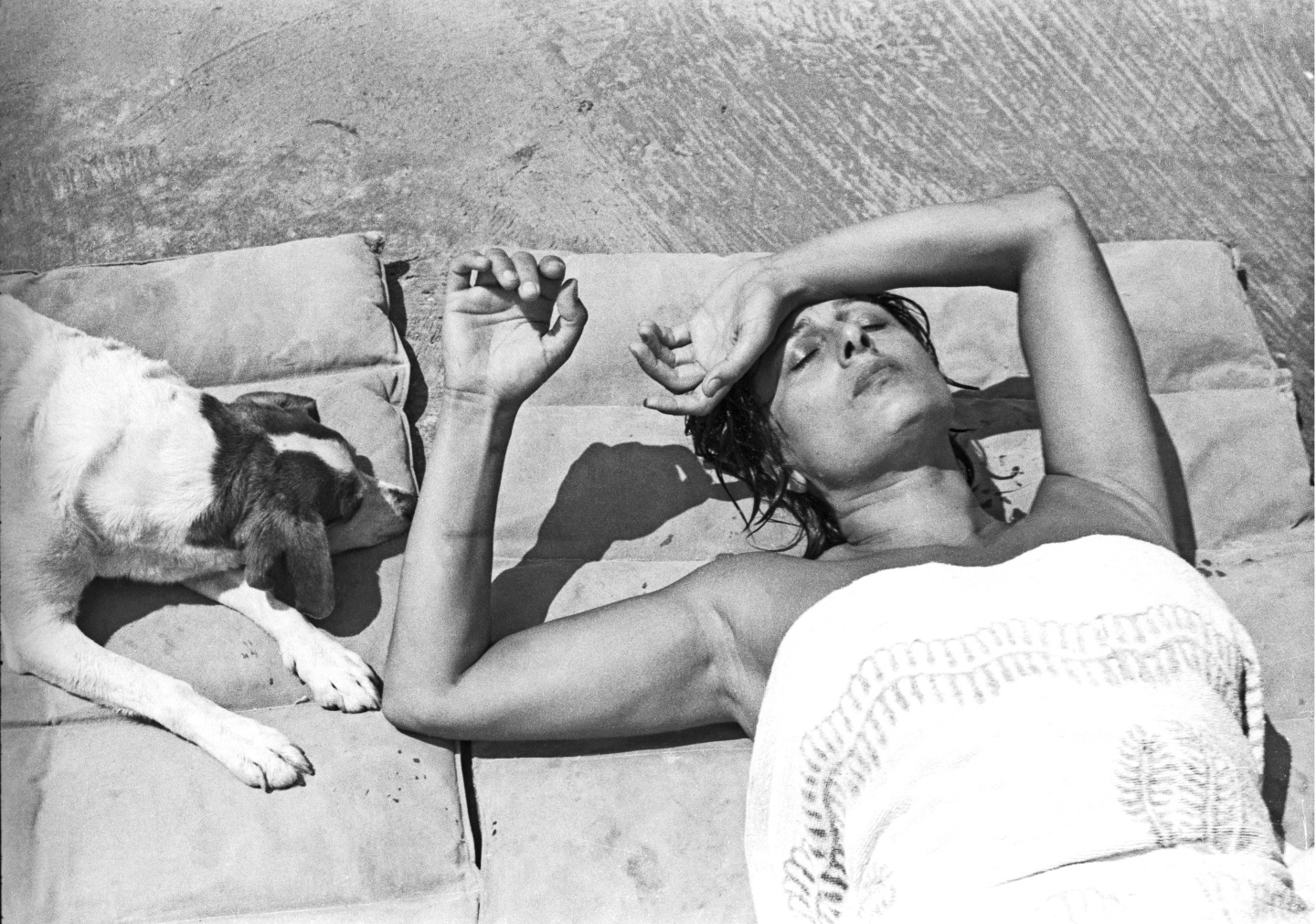
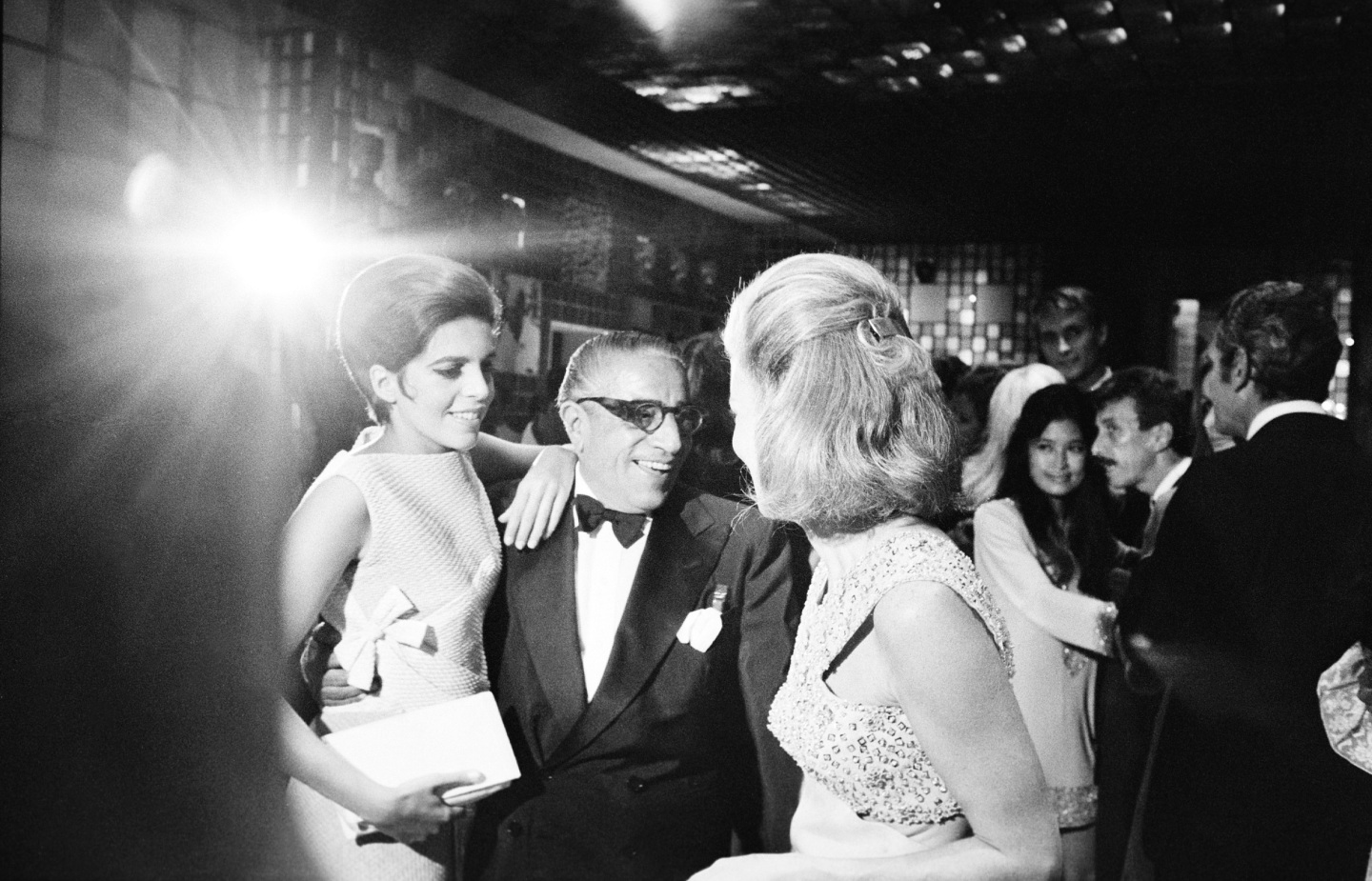
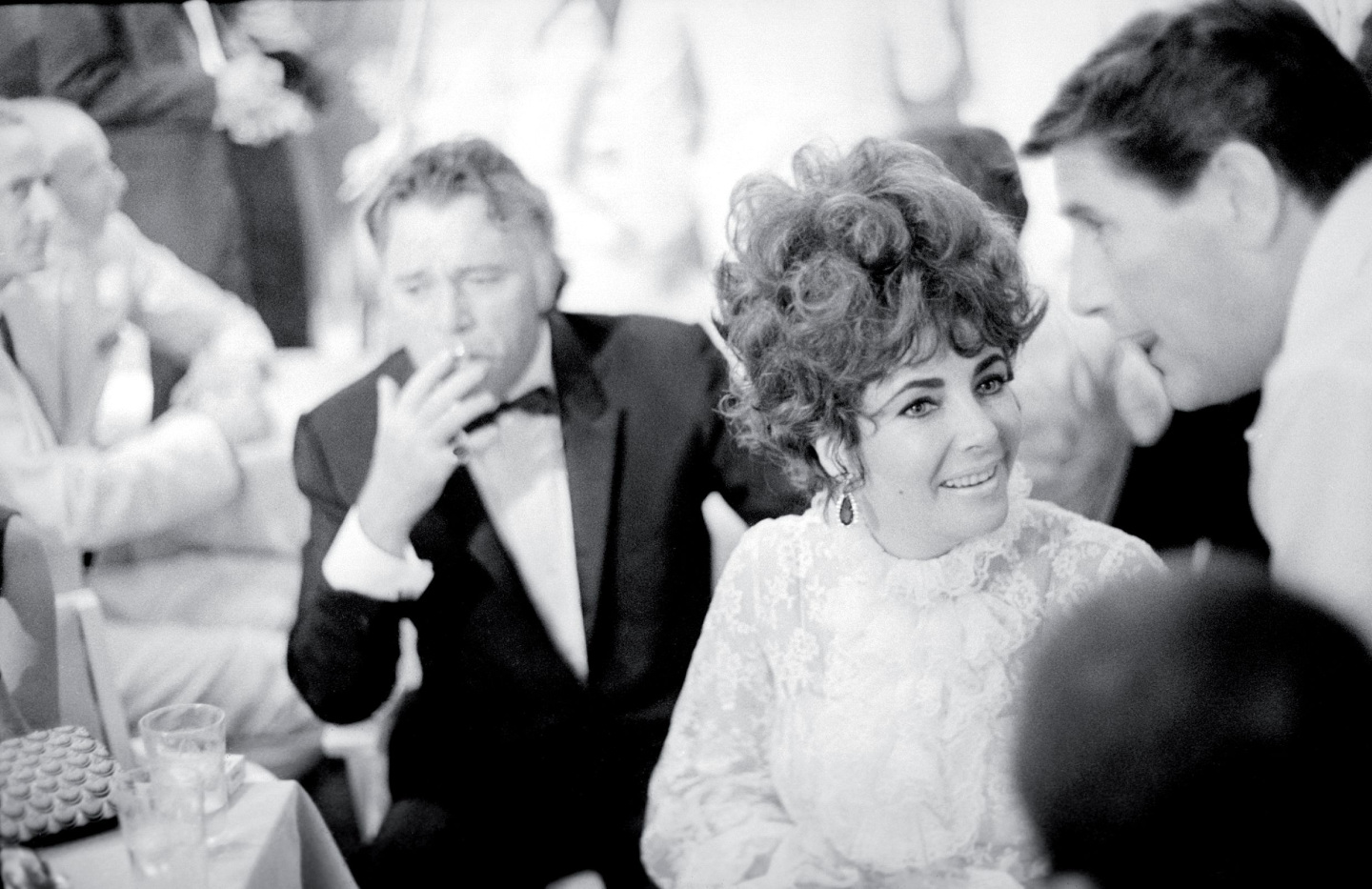
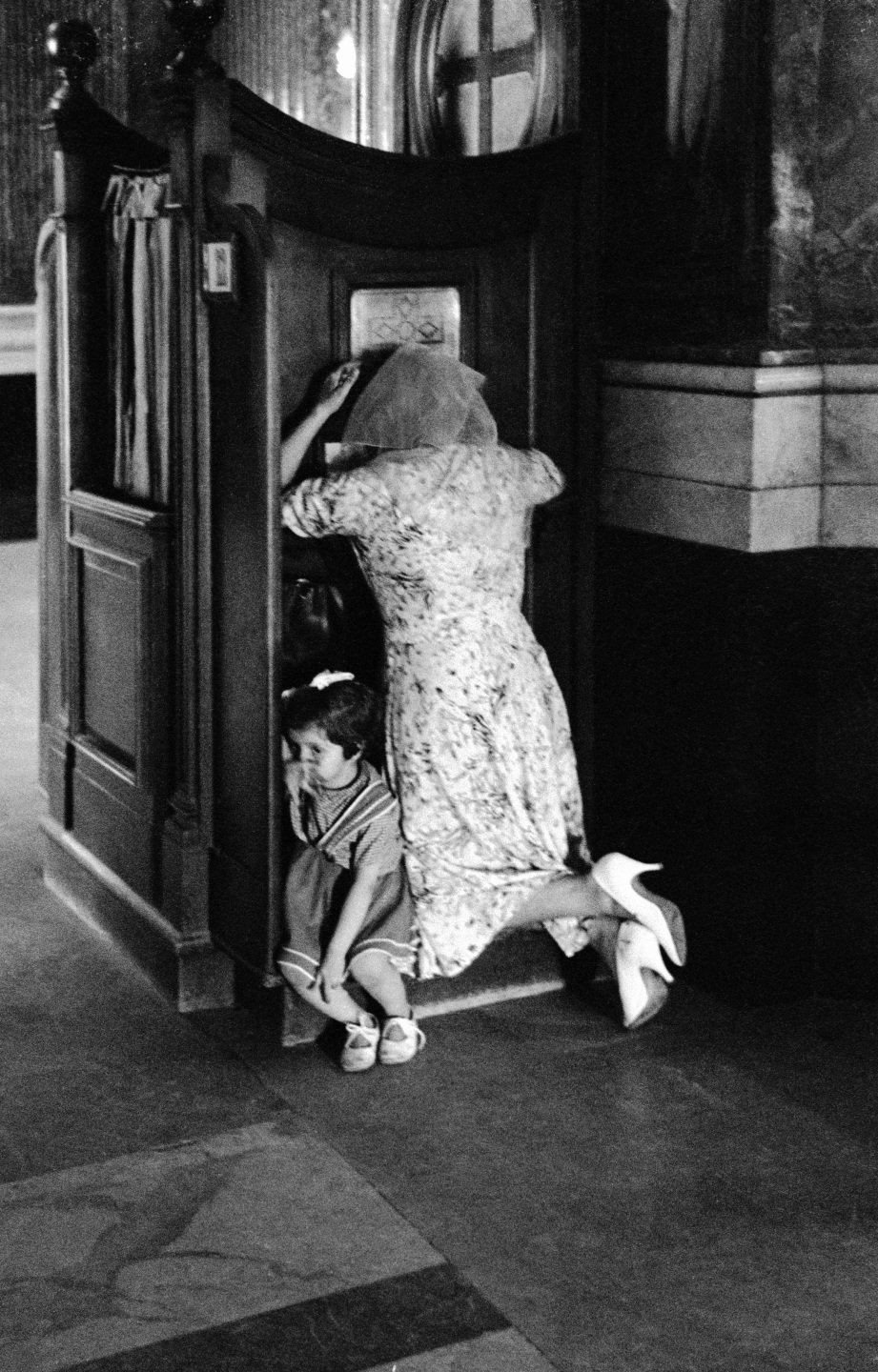
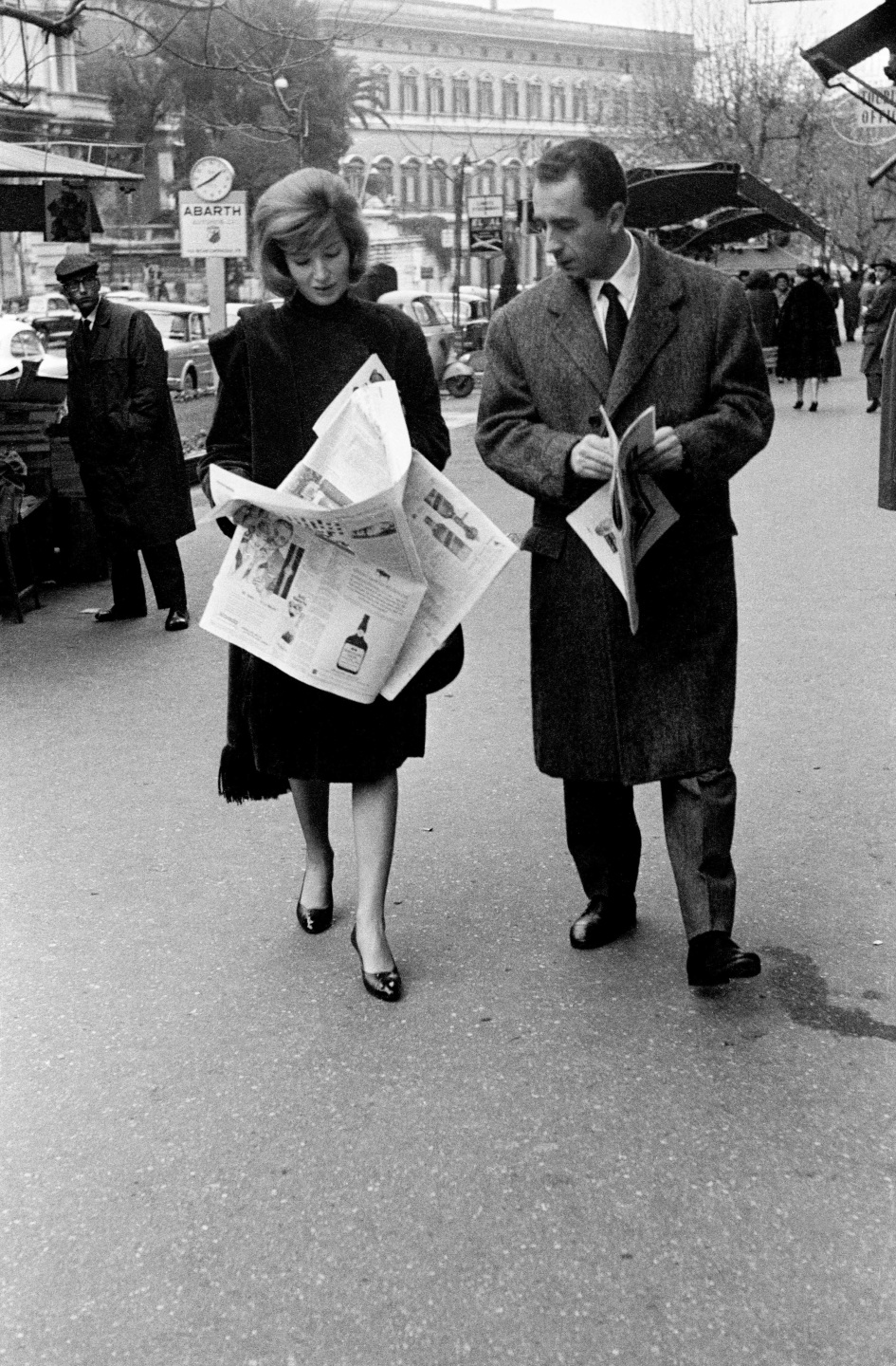
The owner of the gallery told Weber that Di Paolo quit photography when star-chasing magazines began pressing him for paparazzi shots and gossip about his fancy friends. Sensing that his moment had come to an end, he left Rome for a small farming town, stowing thousands of negatives in his cellar to be discovered decades later by his daughter, Silvia. “Here’s a man who gave up photography,” says Weber. He promptly became obsessed. Treasure of His Youth, Weber’s documentary film about Di Paolo, reflects on his life in post-war Italy; shooting for magazines; befriending the tragic actor Pier Paolo Pasolini, who could not live with his own homosexuality; and the glamorous actor Anna Magnani, who lived as she pleased. There’s a twist at the end.
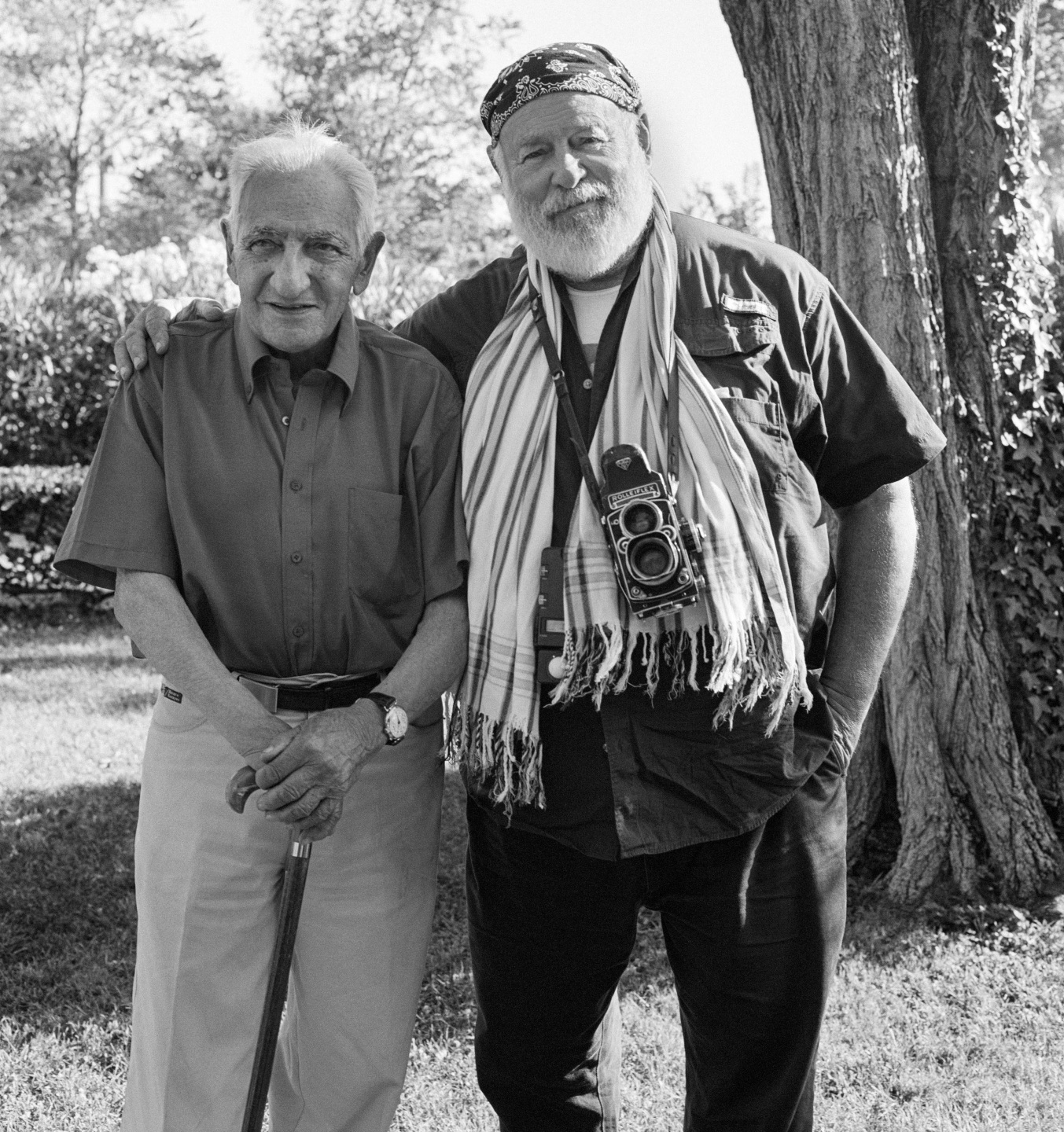
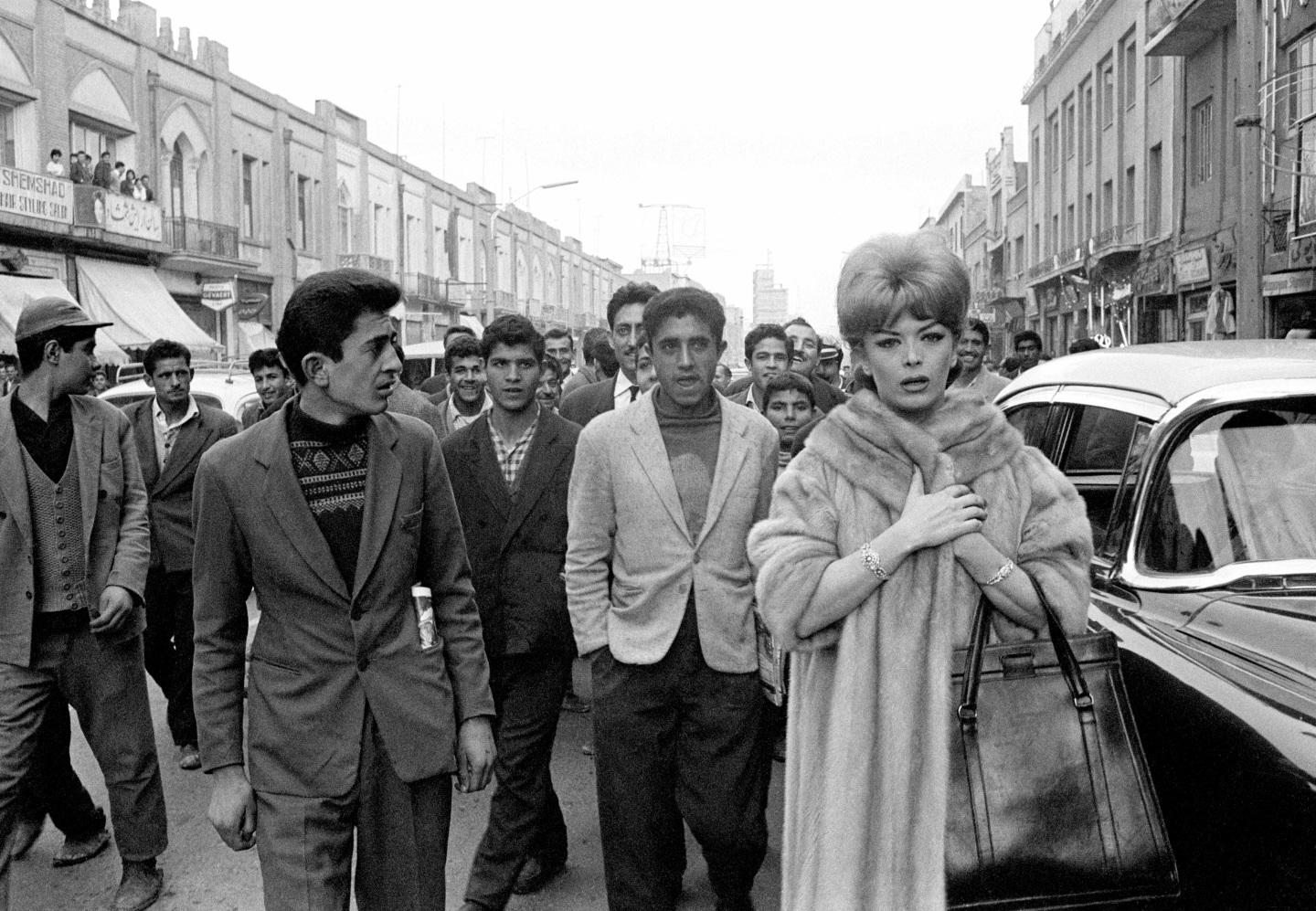
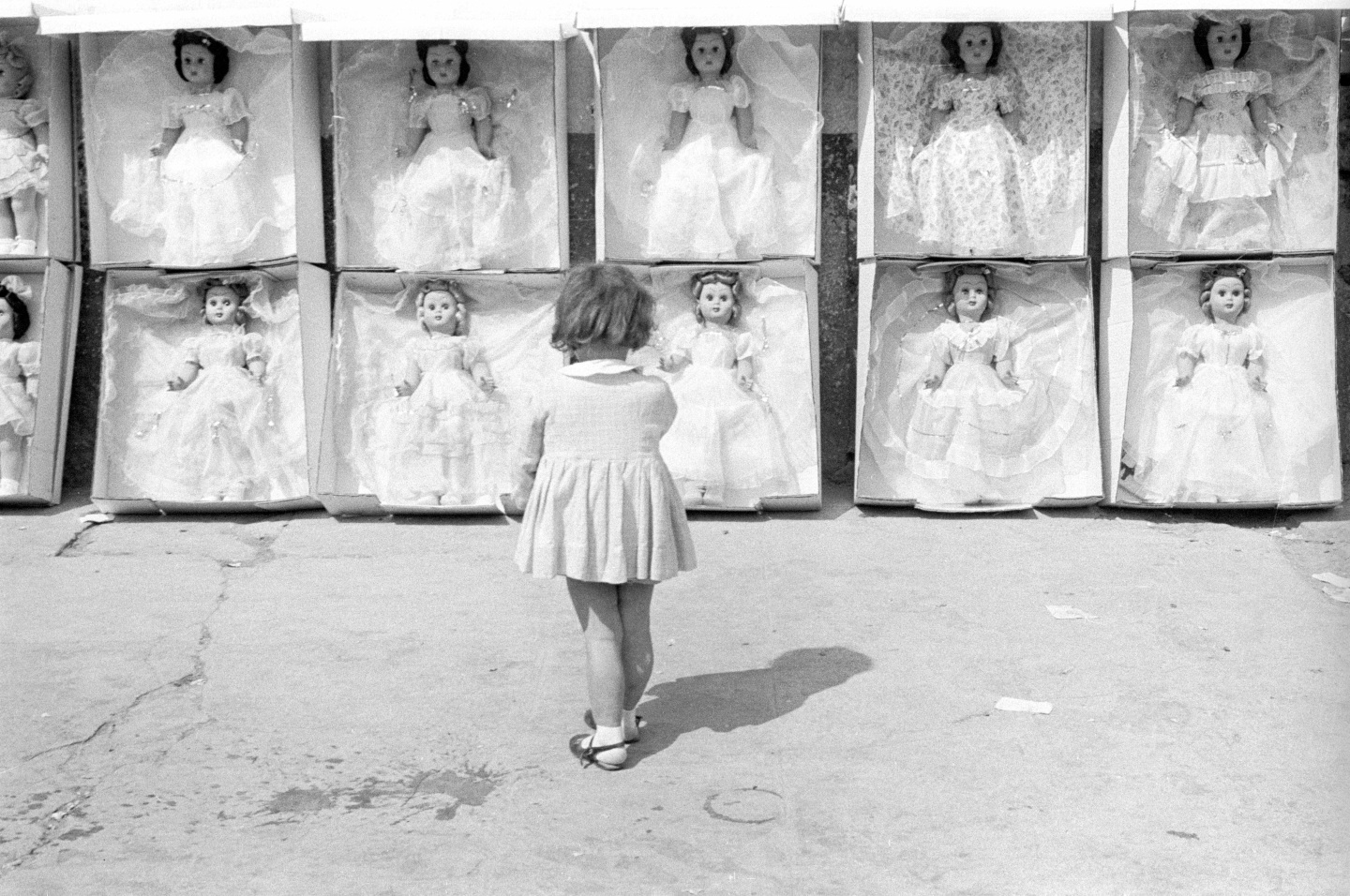
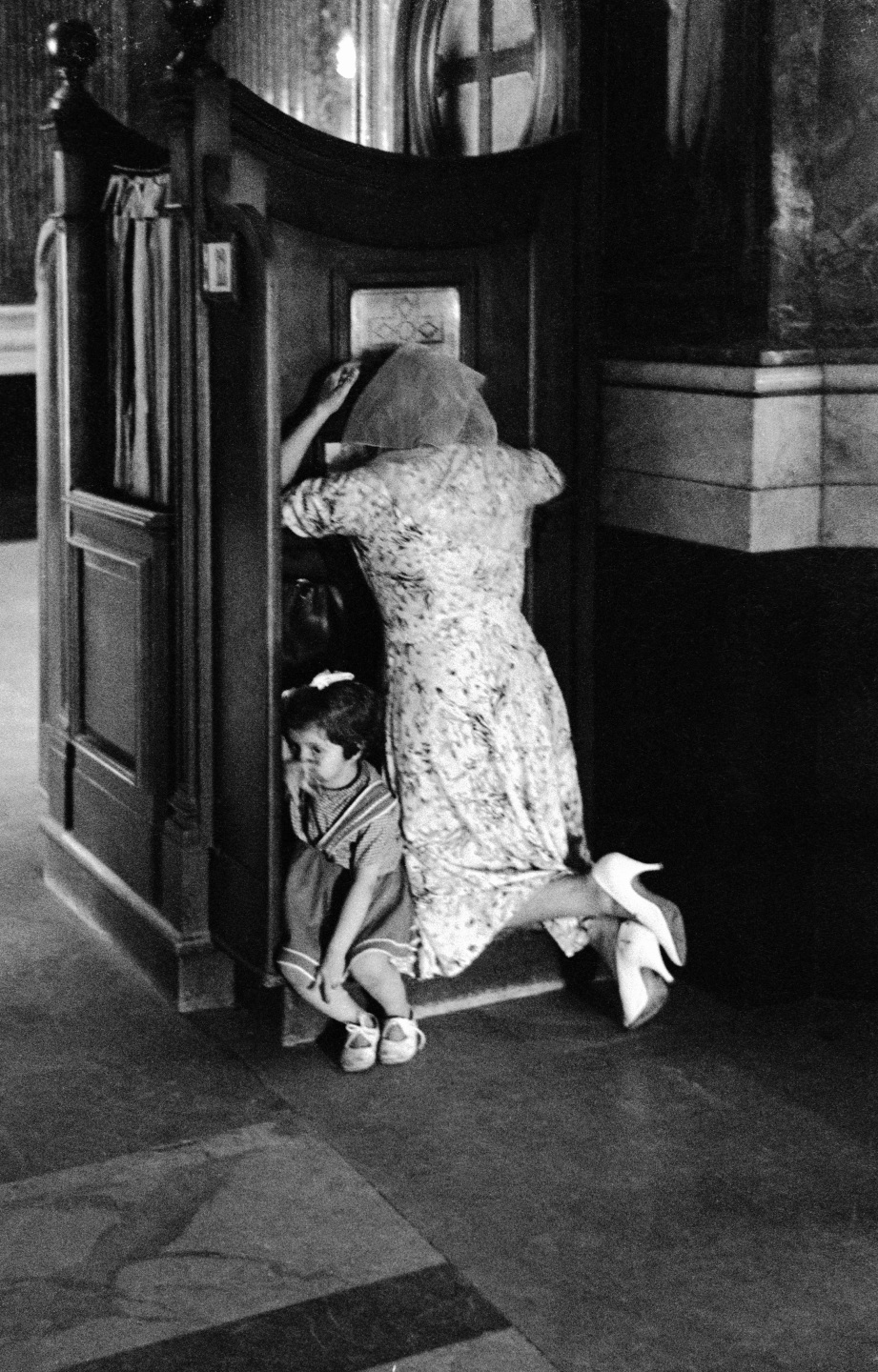
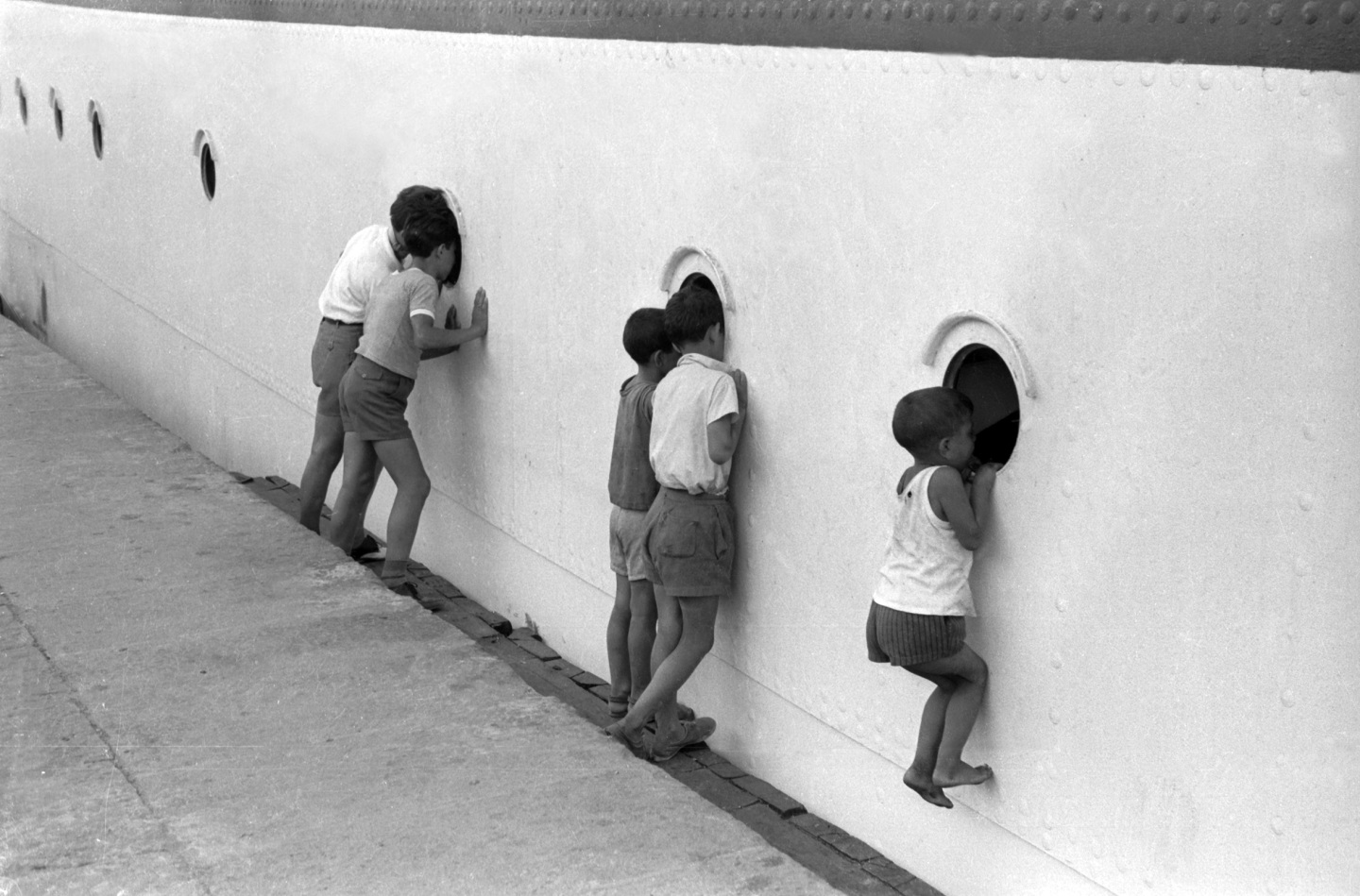
Back home in Miami with his partner Nan Bush, the cockatiels, five golden retrievers, and two cats, Weber is focused on securing international distribution for the film. He wants Di Paolo to be recognized as “a national treasure of Italy, just as Cecil Beaton is for England and Henri Cartier-Bresson is for France.” Weber’s own presence is barely seen on screen, but his commitment to memorializing Di Paolo’s work reveals itself nonetheless. Late in the film, a quote from the American photographer Nan Goldin appears: “I used to think that I could never lose anyone if I photographed them enough. In fact, my pictures show me how much I have lost.”
This sentiment rings true for Weber, who has resolved to never stop shooting. “A lot of people aren’t here anymore,” he says. “I look back at my pictures and I say, ‘My God.’ Like River Phoenix. I just adored River and loved photographing him. I went to his house, got to know the rest of his family and his mom,” Weber reflects. “And that’s gone."










 in your life?
in your life?

